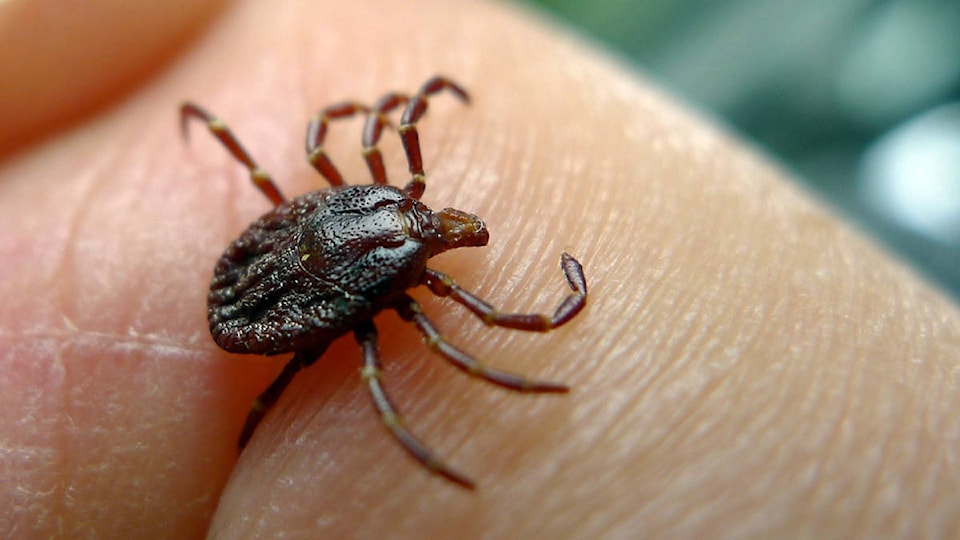Now that summer is here and schools are out, a lot of people will be heading out to spend time in the great outdoors. Whether camping with the family, stream fishing or hiking alone along an alpine trail, remember this: each and every venture into the outdoors comes with a certain amount of risk.
Danger in the wilds can come when you least expect it, and it can come in all sizes, shapes and colours.
The thing is to know just what the risks might be beforehand, and then be prepared.
It only makes sense if you are venturing into, lets say, bear country, that you understand the risks and possible consequences of having an encounter with such a large, aggressive, carnivorous animal.Try to look at things from the bear’s perspective. Not only are you imposing into their home territory, you may very well also represent something quite delectable to eat – a change, as it were, from the everyday hum-drum fare the woods has to offer.
However, not all dangerous wild animals are as big as a bear, just as not all risks are that obvious. Sometimes some thing as small as a tick, which might burrow part way into your skin in order to draw blood before dropping off, can cause any number of diseases such as Lyme disease, Rocky Mountain spotted fever, relapsing tularaemia and ehrlichiosis. (I’d never actually even heard of some of these diseases before looking up diseases caused by ticks). Symptoms of tick-caused diseases can include fever, headache, muscle and joint pains, fatigue, weakness of the face muscles, skin rash and paralysis starting in the feet and legs. Some types of ticks may even cause temporary paralysis. You should see a doctor immediately if any of these symptoms occurs within a few days of having been in the woods or being bitten by a tick.
If you do happen to find a tick embedded in your skin, remove it by grasping and pulling gently, straight up and out, with a pair of tweezers. Don’t squeeze it too hard, and be sure to remove the mouth parts. Wash the site with soap and purified water (don’t forget the old giardia parasite), and then disinfect with an antiseptic cream from the small first-aid kit you should always carry with you when venturing into the woods.
Related: Video games contribute to ‘nature deficit disorder’
To keep from being bitten by most things in the first place – be it bear or tick or anything in between – walk on cleared trails if you can, wear light-coloured clothing with your top tucked into your pants and your pants tucked into your boots or socks. Use insect repellent on both your clothing and uncovered skin (check your whole body, especially your hair and scalp at the end of a treck through tall grass) and make plenty of noise while on the trail. Most confrontations between people and large, predatory animals occur when neither knows of each other’s presence until it is too late. If you make enough noise to warn a bear of your presence you will likely never see it, never mind be confronted by it.
Related: Fishing, panning for gold combine nicely
Some of the most dangerous critters in the wild, however, are even smaller than the tick.
You’ve heard the expression, “don’t drink the water.”
Most people think it only applies to when you go to some far off and strange country. The giardia parasite, which is common to many crystal clear lakes and streams in North America, can give you up to three weeks of cramps, nausea, vomiting and diarrhea. A smart person would bring their own water with them or, at the very least, make sure to boil water from lakes and streams for at least two minutes before drinking or using it to cook with.
Poison oak and poison ivy are more common in the woods than most people would ever guess. Know what they look like and stay clear of any plant that you might even think looks like either of them. They are not ‘serious’ problems in the sense that they are non-life-threatening, but the skin irritation (rash) they cause sure can take the pleasure out of things.
The unknown, combined with the unfamiliar and the unpredictable, can become formidable, if not dangerous, under the right, or wrong, circumstances. When venturing into the wilds, it is better to be prepared for the unknown than have to deal with the unexpected. In other words, it is better to be safe than sorry.
@SalmonArm
newsroom@saobserver.net
Like us on Facebook and follow us on Twitter
